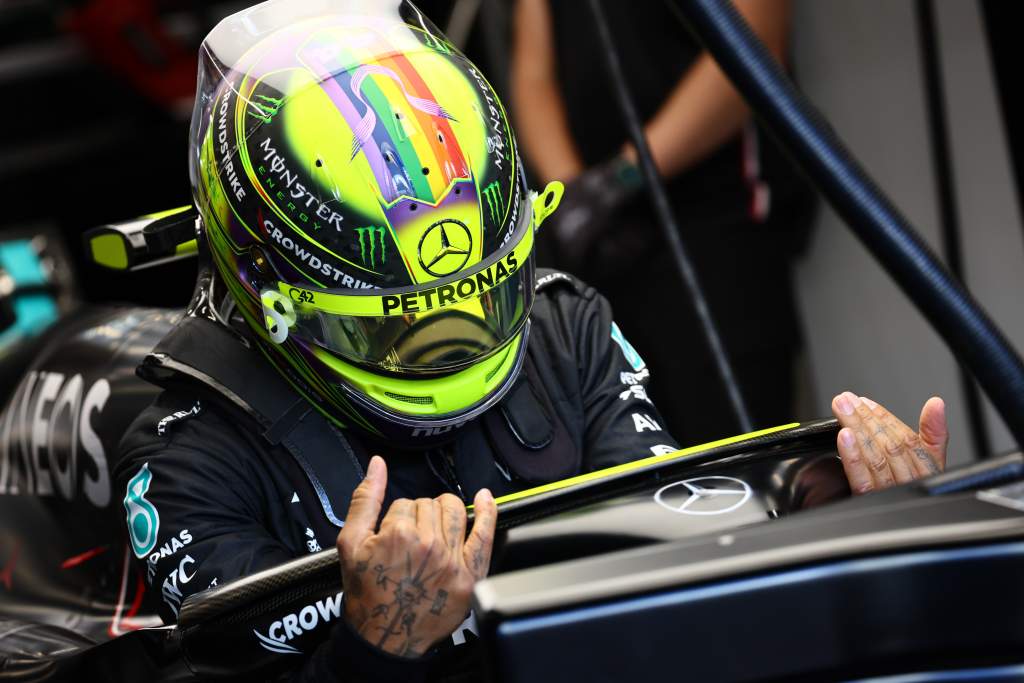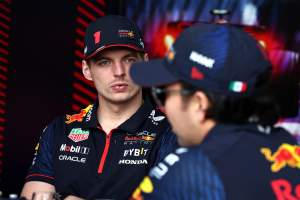Up Next

With Lewis Hamilton’s combined time deficit to the early-2023 dominating Red Bull across the first two Formula 1 races a massive 82 seconds, you can’t blame Lewis Hamilton for feeling like he’s racing in a different class to Max Verstappen and Sergio Perez.
Hamilton doesn’t claim to be a great F1 historian, often admitting to not remembering many details, even of his own career. But his claim after the race in Jeddah that Red Bull’s advantage is larger than anything he experienced during the Mercedes domination is a big one.
“I’ve never seen a car so fast,” Hamilton said of the RB19.
“When we were fast, we weren’t that fast. That’s the fastest car I’ve seen compared to the rest.
“I don’t know why or how but he [Verstappen] came past me with serious speed. I didn’t even bother to block because there was a massive speed difference.”
There are two ways to break down what Hamilton said. The first references simply the straightline speed advantage, which is easy to quantify.
In the main speed trap at the Jeddah Corniche Circuit, located 200 metres before the final corner, Verstappen was clocked at 342.7km/h. That’s 6km/h than second-quickest Logan Sargeant’s Williams and 16.6km/h quicker than Hamilton managed. But all of those figures were clocked with the DRS activated.
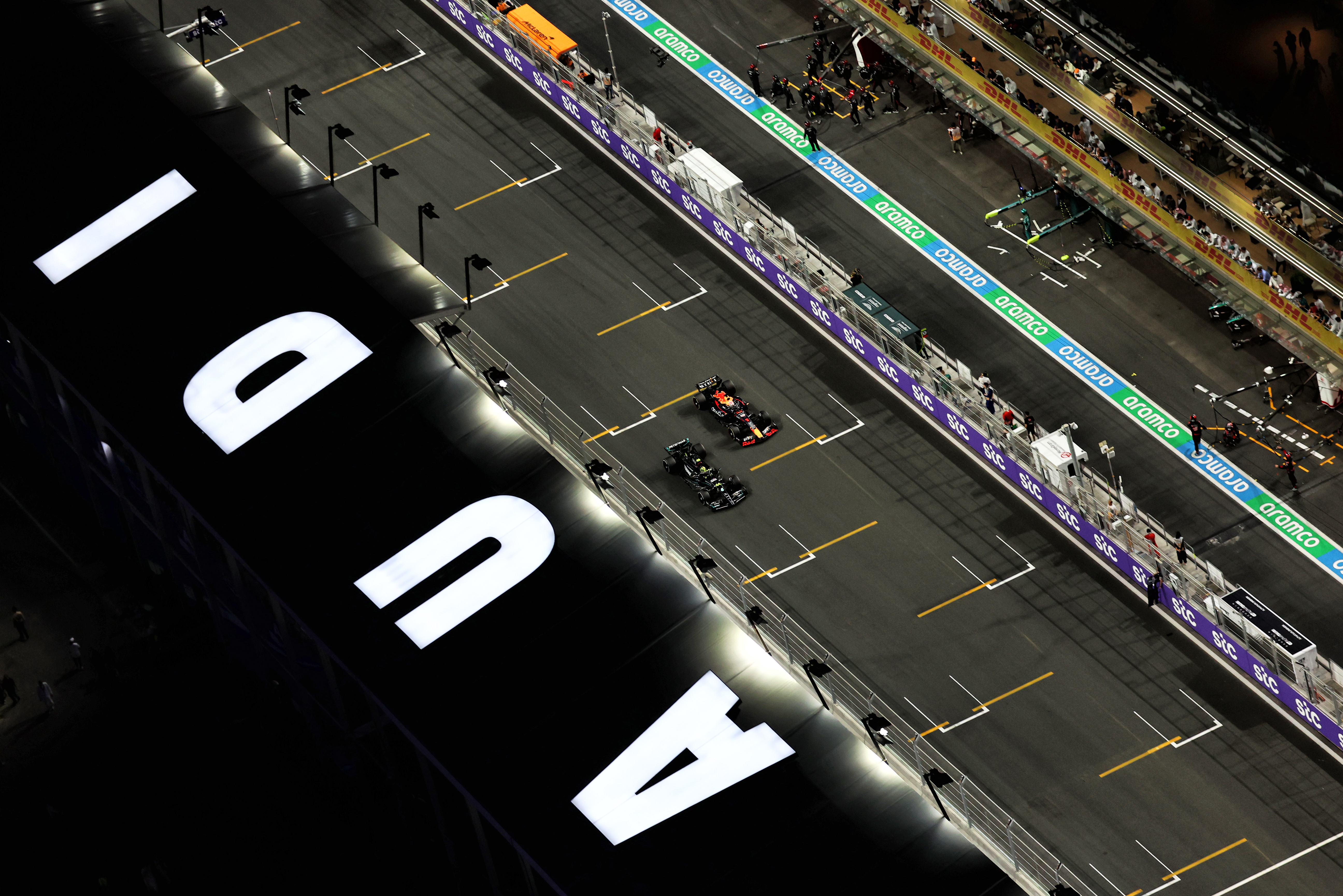
Hamilton’s comment about how easily Verstappen breezed past him at the end of lap 11 will be based on the huge advantage the Red Bull had with DRS open – 33-34km/h at its peak. However, that is distorted by the fact that Hamilton didn’t have DRS available. The Red Bull is a rocketship on the straights, especially with the DRS deployed, but Hamilton isn’t the first driver to be left standing when being passed by a rival using the overtaking band-aid.
The more relevant metric is to compare the overall performance of the cars. There’s no question the Red Bull RB19 is a dominant F1 car. It has swept the board in terms of pole positions and victories, taking back-to-back one-twos and scoring 87 out of 88 possible points. Given how race-situation-specific the availability of the fastest lap point is, that’s as good as a maximum. But a team has managed 100% of potential points across the first two races in the past seasons five times – McLaren (1974, 1998), Williams (1981, 1992) and Ferrari (1976).
Evaluating the race-pace advantage of the Red Bull is difficult. The nearest challenger in Bahrain and Saudi Arabia was Fernando Alonso, respectively 38.637s and 20.728s behind. That’s a combined total of 59.365s, the eighth biggest margin in the 26 instances the same team has won the first two races of a world championship season in the past half-century. Hamilton’s strongest start by this metric is ranked 11th, with the combined Mercedes advantage in 2014 51.331s.
There’s no doubt that had Red Bull extended itself the gap would have been bigger. Hamilton has even suggested Red Bull’s pace advantage is 1.5s per lap. That is probably an exaggeration but does reflect the fact Red Bull has the speed to win at a canter. That’s proved by the fact pace has been managed in both races over and above the usual fuel, cooling and tyre concerns given reliability question marks.
In qualifying pace, the Red Bull’s advantage is decisive but not enormous. In Bahrain, Verstappen was 0.292s quicker than Ferrari’s Charles Leclerc, who could have been closer had he not decided to save a set of fresh soft tyres, with Perez’s edge 0.155s over the same driver in Jeddah. But for Verstappen’s driveshaft failure in Q2, that margin would likely have been larger.
This equates to a pace advantage of 0.251% over Ferrari. During his Mercedes years, Hamilton has been in a car with an average pace advantage almost four times larger than that – peaking in 2014, when Mercedes was on average 0.881% quicker than the second-fastest car.
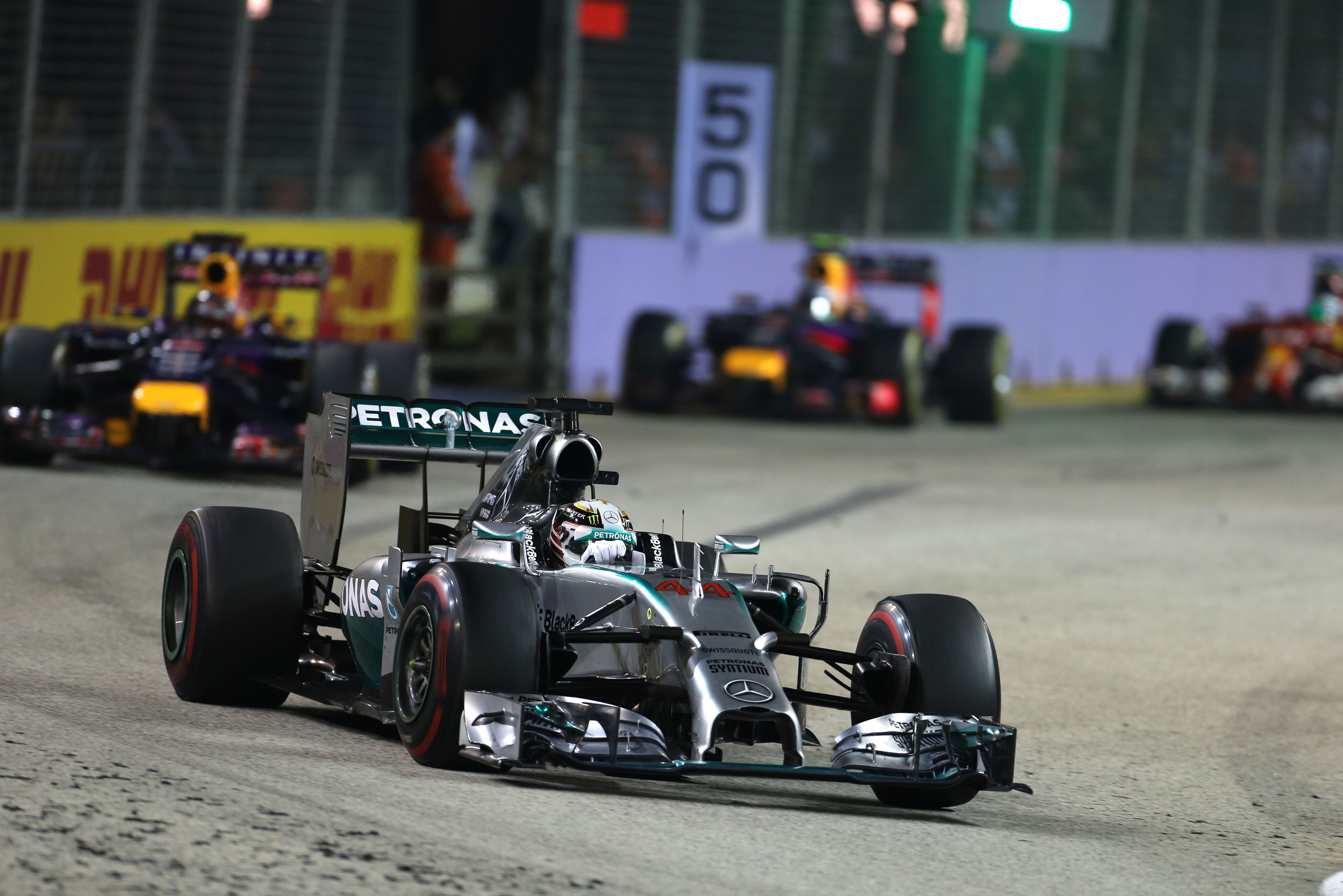
The advantage Mercedes had was of a similar magnitude in 2015 (0.703%) and 2016 (0.842%), while its edge over Red Bull in 2021 was 0.330%.
Mercedes also achieved back-to-back one-two finishes at the start of the season in 2019. And you can imagine how rivals felt in Australia in 2015 when Hamilton was 1.391s quicker than the best non-Mercedes (Felipe Massa’s Williams) and over half a minute clear in the race.
Even these gaps pale in comparison to what’s been seen historically. Take the legendary Williams FW14B of 1992, which was on average 1.5% quicker than the next-best car and set the fastest individual lap at all 16 grand prix weekends that season. That’s something that was unheard of since the early years of the world championship with Alfa Romeo (1950) and Ferrari (1952, 1956).
What Red Bull is doing now is also nothing compared to the advantage that McLaren had in 1988 (1.511%) and 1989 (1.445%), or Williams-Honda in 1987 (1.331%).
You wouldn’t expect Hamilton to have those examples in mind. And even if he did, it’s fair to say F1 is very different today compared to three-and-a-half decades ago, with the consistency of performance meaning that a smaller advantage now is potentially just as decisive, if not more so.
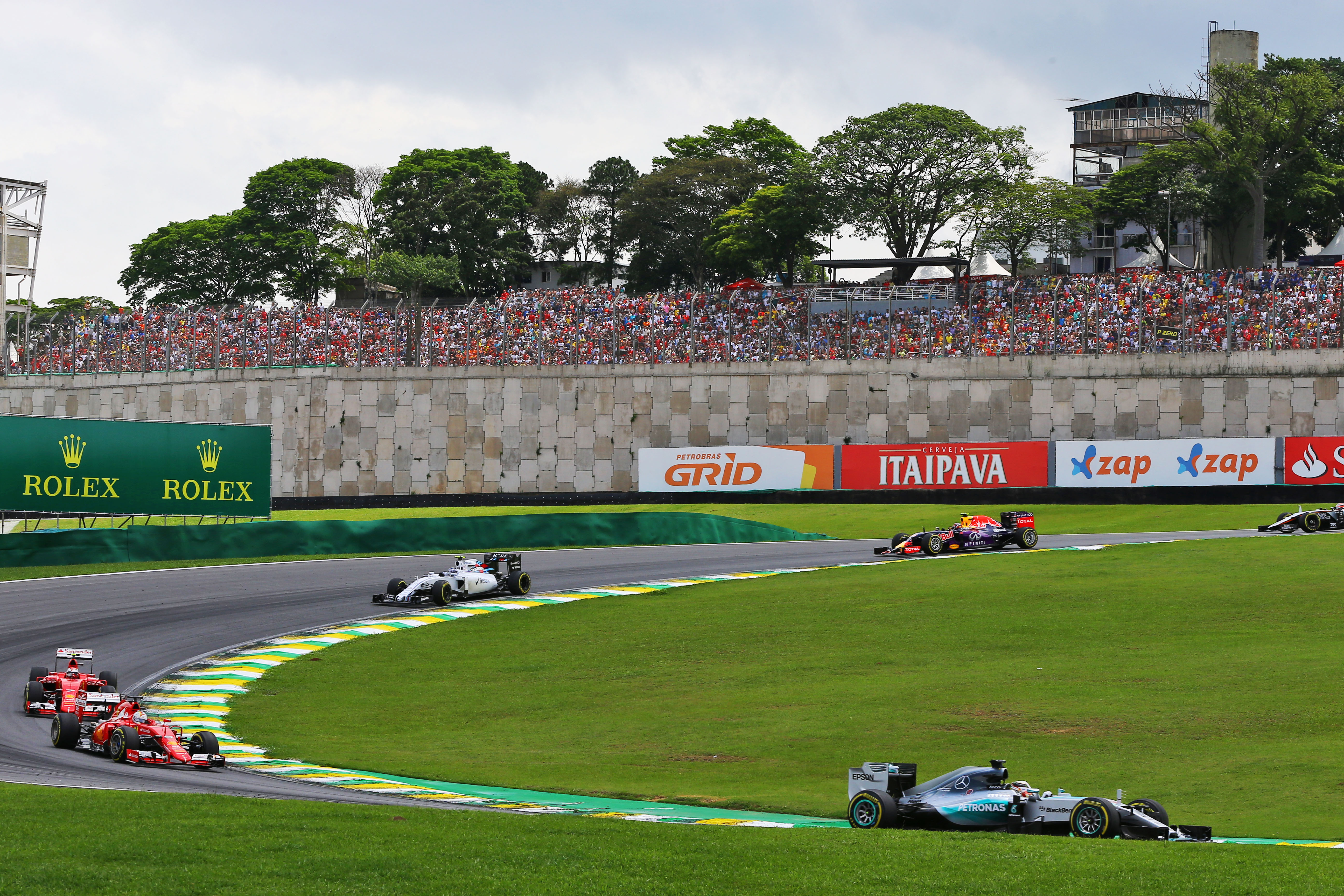
But it is something of a surprise that Hamilton is overlooking the situation he is in with Mercedes from 2014-16. Then, he was driving for a team that won 51 out of of 59 races. That’s 86.5% of the races, not dissimilar to Red Bull’s win rate of 19 out of 23 races (82.6%) since the start of last year.
Just as Red Bull is right now, Mercedes was unbeatable on pace. And regardless of the exact numbers, a driver will love to be in a dominant car, but be frustrated that someone else has better machinery if lagging behind.
It tells you much about the perspective of a racing driver that Hamilton sees it this way. While all seems straightforward on the outside, getting on top and staying there in a dominant car requires a vast amount of hard work. That’s what Hamilton will remember from those years rather than the final result. He also faced tough competition for the title in two of those dominant seasons from team-mate Nico Rosberg, who posed a bigger threat than Perez does to Verstappen.
Ultimately, Hamilton’s position reflects the mindset of the great racing driver. When watching a rival dominate, even they forget how much work goes into getting into such a supreme position. After all, they are ultra-competitive, determined individuals for whom winning is a way of life.
That very different perspective means the statistics of Hamilton’s strongest years don’t appear to him to bear comparison with what’s going on right now. And it would be exactly the same were the positions of Mercedes and Red Bull to be reversed and Verstappen be running around half a minute or more behind every Sunday.


